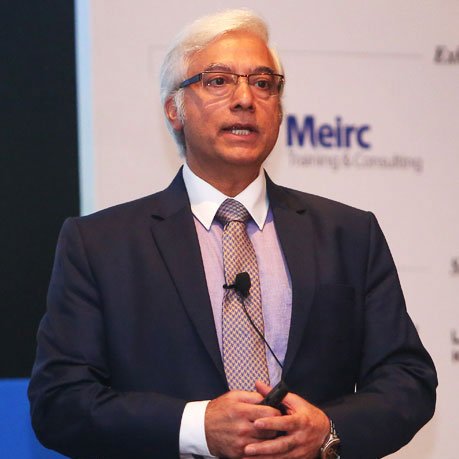Why Good Leaders Love Bad News
Leaders aren’t impressed by or stuck to the status quo. In fact, their inner-engines fire only by things or conditions that are not the way they want them to be; and which they see as something that they can change for the better.
Wise, compassionate and good leaders want to reach for the stars, innovate, bring new technologies to benefit humankind, and remedy every little wrong that they might notice or encounter. They also strive to make the world a better, cleaner, healthier and more peaceful place by bringing joy, harmony, abundance and well-being to all. Such people drive by a desire to make things better than when they encounter a situation.
Such leaders, therefore, look at anything that isn’t right, as an “opportunity turned inside-out“.
A condition that is awaiting their personal attention and effort to be remedied. Besides, they simultaneously turn a deaf ear to nay-Sayers who might suggest that what they might be planning to do is a “bad idea”, or something that is “bound to fail”.
It is not without reason therefore, that many of the greatest technological innovations, inventions, improvements and changes in society – that have benefited humankind – have occurred on account of rebellious thinkers. Good human beings who consciously chose not to let the prevailing understanding of their times determine the trajectory of their own thoughts or ideas. They disregarded the predominant paradigm of the milieu they were in and creatively work to make things different and better. Look around you today, and some of the world’s leading entrepreneurs fit this mold as well.
Leaders who readily adopt a new technology or product can effectively steer it to become a source of disruptive-value or even a game-changer: where the underlying model for engagement, or of delivering value is completely novel and beneficial to the greatest number of people.
Good leaders, however, know that if they really want their organizations, their start-ups or nations to become effective at serving the greatest good of all, then they have to create mechanisms that enable bad news – yes, inputs on initiatives that are not going well, or information that can stimulate the remediation of a problem or a grievance – to get to them unfiltered, and fast. They know that to do this, they have to create an atmosphere of positiveness and trust. Where others can freely express their views without fear of reprisal or retribution. In fact, good, wise leaders reward those who bring forth honest, unsullied information on what can make better.
They spread the word, that “Bad News Is Welcome Here“.
Many of you might think that in this day and age when people can report whatever they might want to on social media, a good leader only needs to plumb into what’s available on such sources to get a feel of what’s going well, and what isn’t. Social Media is indeed a powerful source of meaningful information. But when it gets known that a leader and her organization seeking information that they wish to act upon in good faith for the greater good of all, the qualitative level of the inputs show mark improvement and is specifically direct to the seeker of such information.
If we want our enterprises to reach the highest and best that they are capable of, we need to live. And we need to work in the zone that is far, far away from the state of mind called ‘denial’. Only then can we be receptive to all news – good and bad. We can use good news to inspire our teams. The bad news will serve as grist to our mill. It makes things better, fitter, bigger, greater and more desirable for all.

